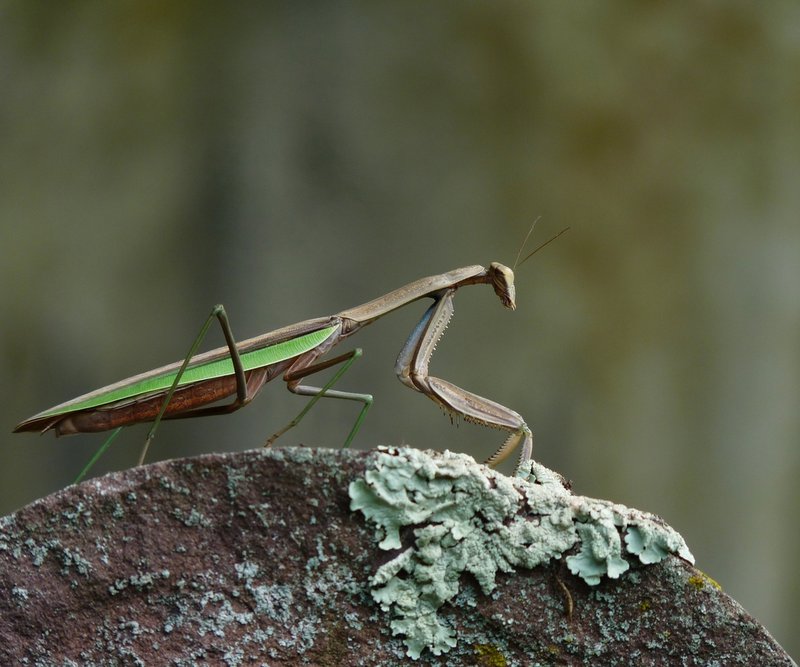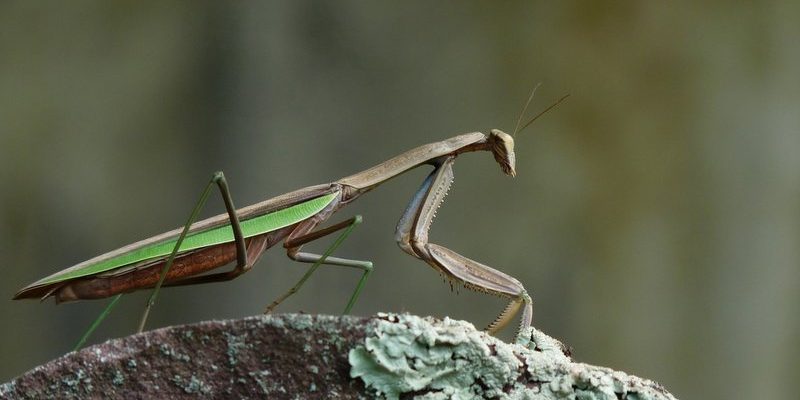
So, what makes the study of mantids so interesting? For starters, they have some unusual traits that set them apart from other insects. Their ability to camouflage, their predatory nature, and even their mating habits lead to a treasure trove of scientific inquiries. Let’s explore how the mantid has been studied, what researchers have discovered, and why this matters not just in entomology but also in broader scientific contexts.
A Deep Dive into Mantid Behavior
One of the most intriguing aspects of mantids is their behavior, particularly their hunting strategies. Researchers have been keen to understand how mantids capture prey so efficiently. It turns out, they employ a mix of stealth and speed. With lightning-fast reflexes and a well-camouflaged body, a mantid can pounce on unsuspecting insects in the blink of an eye.
Studies often focus on their grasping forelegs, which are specially adapted to snatch and hold prey. Scientists have conducted experiments to measure the mantid’s reaction times and hunting success rates. This helps illustrate the mantid as not just a hunter, but a master of strategy in the insect world. By studying these tactics, researchers gain insights into predator-prey dynamics that can apply to larger ecosystems.
Camouflage and Mimicry
Another area of fascination is how mantids use camouflage. Many species mimic leaves or flowers, blending seamlessly into their surroundings. This strategy isn’t just for hiding from predators; it also allows mantids to ambush their prey. Researchers have studied different environments where these mantids thrive to understand how well their camouflage works.
For instance, some experiments involve altering the environment and observing how mantids adapt their color and position. Results show that the more closely a mantis matches its background, the higher its success rate in hunting. These findings help scientists understand evolutionary adaptations in various species, not limited to mantids.
The Mating Habits of Mantids
Now, let’s talk about something that stirs up a bit of controversy in the mantid world: their mating habits. Praying mantids are infamous for the female’s tendency to eat the male after mating. This behavior raises some fascinating questions about survival and reproduction. Why would a female consume her partner? It seems counterintuitive, but studies suggest it may enhance reproductive success.
Researchers have observed that females who consume their mates often produce more eggs. Some scientists speculate that this behavior might provide nutritional benefits, giving females the energy needed to produce healthier offspring. This can open up discussions about sexual selection and evolutionary strategies in the animal kingdom.
Field Studies and Laboratory Research
Field studies and laboratory research are essential for understanding mantid behaviors. Field studies involve observing mantids in their natural habitats, which can reveal how they interact with their environment and other species. Scientists often set up cameras to capture their actions without disturbing them. This non-invasive method helps gather genuine data.
Laboratory research, on the other hand, allows for closer examination of specific behaviors in a controlled setting. Here, scientists can manipulate variables like light or temperature to see how mantids respond. The combination of both methods gives a more comprehensive picture of mantid biology, allowing researchers to draw better conclusions about their lives.
Mantids and Ecosystem Health
Why should we care about mantids beyond their intriguing behaviors? Studying them contributes to understanding ecosystem health. As predators, mantids play a crucial role in controlling pest populations. By maintaining a balance in their environments, they help us understand the complex interactions within food webs.
Scientists often use mantids as indicators of ecological health. If mantid populations decline, it could signal larger environmental issues. For example, changes in habitat, pesticide use, and climate change can impact their survival. By monitoring mantid populations, researchers can assess the health of ecosystems and potentially identify areas in need of conservation.
Future Directions in Mantid Research
As the world changes, so does the focus of scientific research on mantids. New technologies, like genetic analysis and tracking systems, are being applied to study these insects. This can help scientists understand their behaviors on a molecular level and track their movements through habitats.
Additionally, conservation efforts are becoming increasingly important. With habitat loss and climate change threatening many species, understanding mantids’ roles can help in developing strategies to protect them. This research fuels the preservation of biodiversity, which is essential for a balanced ecosystem.
The journey into the study of mantids reveals just how complex and vital these creatures are in our world. From their hunting strategies to their intriguing mating behaviors, mantids provide a fascinating glimpse into the delicate balance of nature. As scientists continue to explore their secrets, they not only learn about mantids but also about the health of our ecosystems.
Through dedicated research, we gain insights that help protect these incredible insects and the habitats they thrive in. So, next time you see a mantid, remember—it’s not just a quirky bug; it’s a key player in the grand scheme of life!

